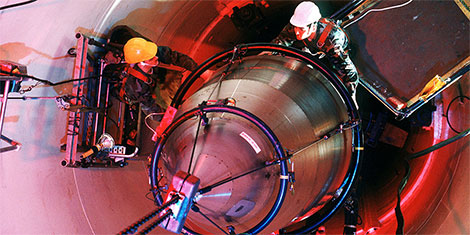
This article was originally published by Political Violence @ a Glance on 12 April 2018.
The United States may soon have a shot at talking directly to North Korea’s Kim Jong-un. Given this unique opportunity, what foreign policy tactics should US negotiators use in the effort to denuclearize the Korean peninsula? It may seem strange, but negotiators might consider taking a lesson from the FBI and the field of Crisis Negotiation to show us a better path to de-escalation.




